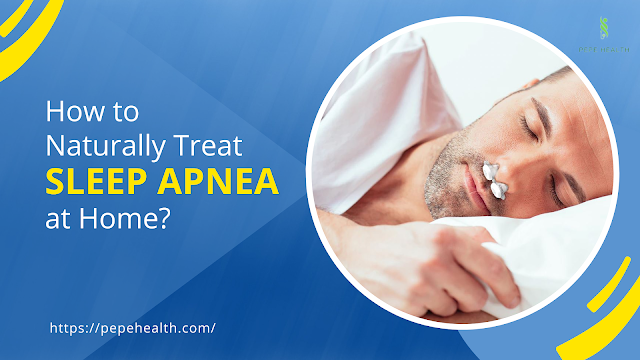6 Easy Exercises To Boost Lung Health
Breathing is the first
action we take after birth! Through the lungs, breathing delivers oxygen to
every cell in the body and releases waste carbon dioxide. However, we sometimes
take for granted how our lungs work and how we breathe.
The entire amount of air
that fills your lungs during inspiration and expiration is known as a lung
capacity. Our lung function and capacity gradually decline as we become older.
It can be made worse by smoking, pollution, and other medical conditions like
asthma or chronic obstructive pulmonary disease (COPD).
1:
Lips-pursed breathing
Exercises involving the
pursed lips can be performed anytime, anywhere, and with ease. This activity
helps to facilitate the airflow into and out of the lung by keeping your airway
open for a longer period of time. These increase the exchange of oxygen and
carbon dioxide and ease the burden on the lungs. For those who don't use their
breathing muscles often and engage in little physical activity, this practise
may be helpful. Following pursed-lip breathing:
• Sit up straight; good
posture helps the lungs function properly.
• Breathe in slowly through both nostrils.
• Curl your lips together to make a pouting gesture.
2: Belly breathing
One of the best workouts
for the diaphragm, a dome-shaped sheet of muscles located between the chest and
abdomen, is diaphragmatic breathing. As the stomach rises and falls with each
breath, it is also referred to as "belly breathing." It should be our
primary method of breathing, but many of us form bad habits that reduce the
amount of air that enters and exits the lungs. To practise diaphragmatic
breathing, adhere to following steps: Lay flat and let your body relax.
• Gently place your hands on your belly.
• As you breathe in, make sure your stomach is expanding while your chest stays still.
• Your stomach should feel lighter after two seconds of gentle exhalation.
3: Rib extension
Stretching your ribs,
which move with each breath, is what the phrase "rib stretch"
denotes.
• Keep your hands on your
hips and stand straight.
• Breathe in slowly until
your lungs are full.
• Hold your breath for as
long as it feels comfortable, up to 20 seconds.
• Slowly exhale.
• Repeat.
4: Yawn
and beam
This exercise strengthens
the chest muscles while allowing your diaphragm to expand.
• Position yourself
straight on the edge of your chair or bed.
• Raise your arms in the
air.
• Make a yawn by
stretching widely.
• Drop your arms, then
smile for three seconds to end.
• Repeat.
Breathing exercises have two advantages:
1. They relax your body.
2. They increase
oxygenation.
3. Aids in lowering
stress and boosting energy levels.
4. They cleanse your
body.
5. It makes you feel
calmer by lowering cortisol levels (cortisol is a stress hormone).
6. It lowers your heart
rate, which also helps you feel less stressed.
7. It lowers blood
pressure, which is good for people with diabetes and hypertension.
8. Supports the
development of core muscles, particularly when breathing exercises are combined
with stretching.
Improves lung elasticity,
which is important for people with asthma, COPD, and other lung conditions.
9. Makes breathing easier
so you can handle intense exercise afterwards.
10. Daily breathingexercises can increase the size and strength of your diaphragm and your overall lung capacity in lungs.
Breathing:
The primary mechanism for controlling breathing is the diaphragm, which is a collection of muscles linked to the base of your lungs. It forces air into the lungs when it contracts, along with other rib and lung muscles. Your normal breathing pattern can be harmed if you breathe through your shoulders and neck muscles.
Although lung exercises are always beneficial to your health, you should always talk to your doctor before beginning an exercise programme if you have a chronic lung illness. Remember, if you have ongoing medical issues, you must pay attention to your body. For greater outcomes, you should do these exercises frequently as well.







Comments
Post a Comment